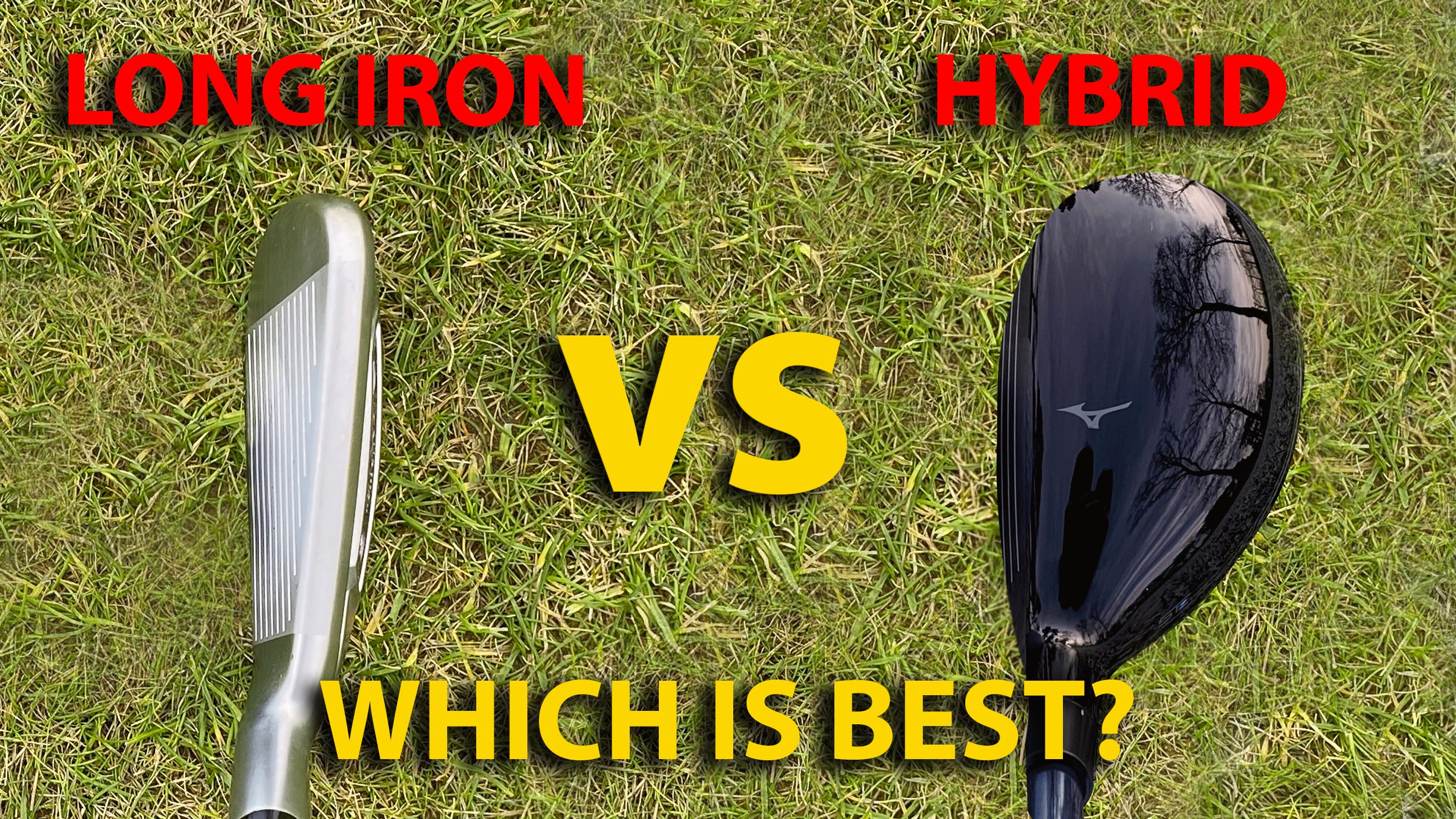
The area of your golf bag between irons and woods can be a tough one to navigate. Should you be carrying a long iron or perhaps a hybrid? It's a key question that you need to consider before buying your next set of irons or woods. Here, we take a look at a few key points to factor into your thought process when making your decision…
Club Design
Firstly, it’s important to understand that the traditional 3-iron of days gone by - the one that looked like a butter knife! - is no longer the intimidating prospect it once was. There are alternatives! In addition to the long irons that come included with your main set, there is also the category of utility irons, which have some subtle design differences. These clubs generally feature a hollow body construction, wider soles, and lower CG than a standard “set” long iron making them a good alternative for players who maybe don’t like the look of a hybrid but crave some of the performance characteristics. Take a glance at our best utility irons guide to find out which utility irons may suit your game.
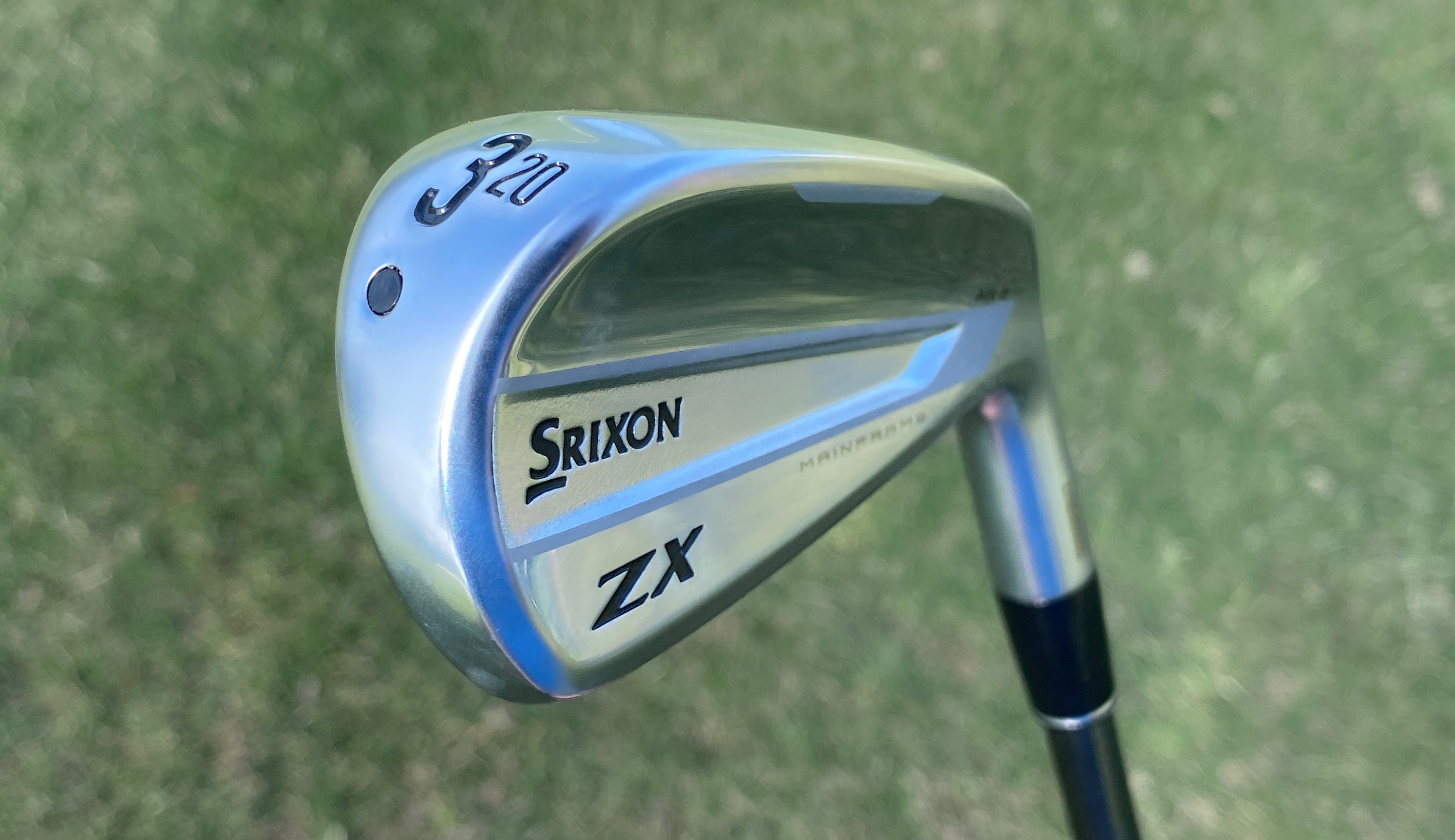
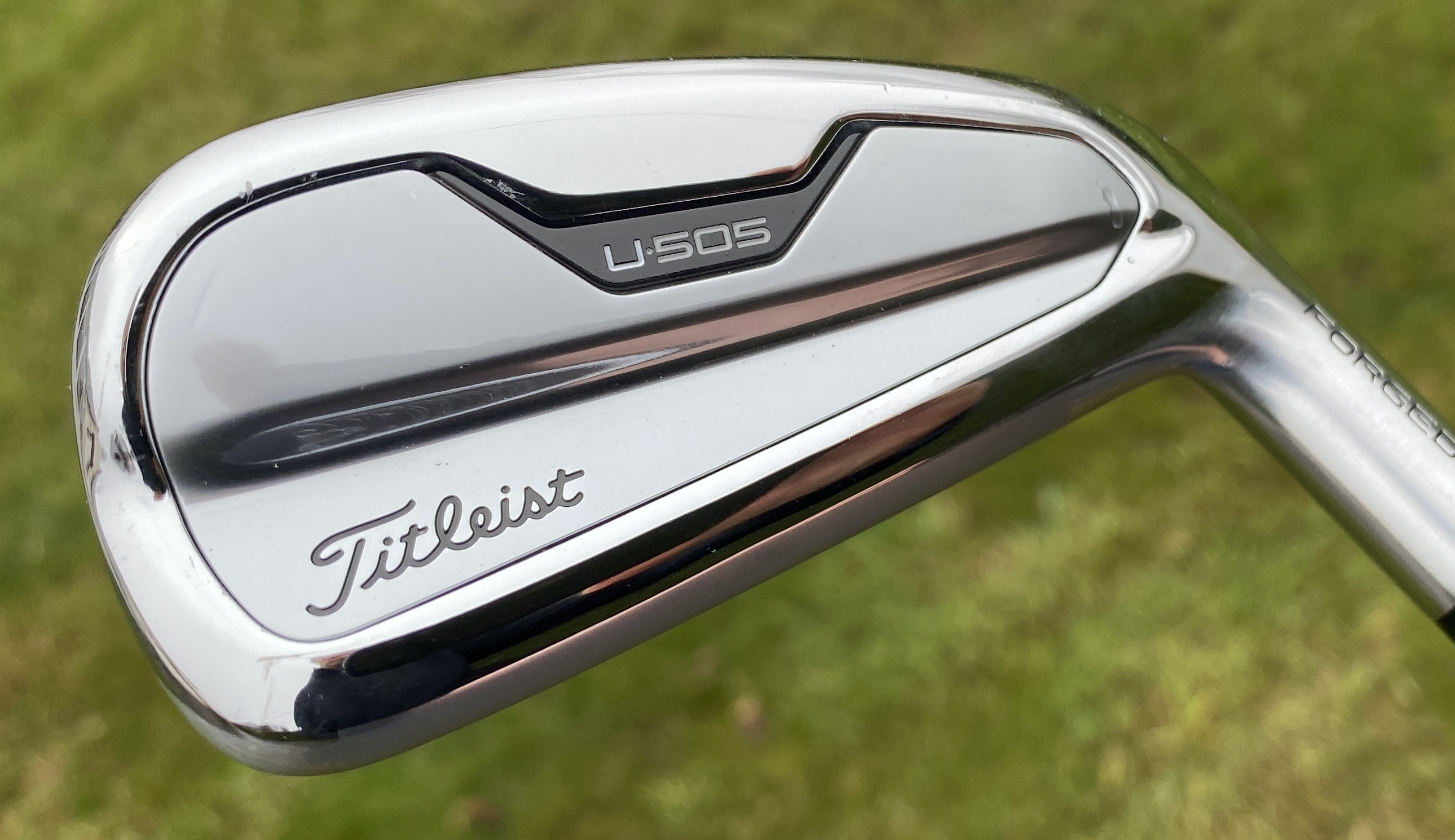
Whilst very compact, bladed options are still available, the design of many modern “set” long irons has become a lot more playable than in days gone by. Larger head sizes, perimeter weighting, and higher MOI can all contribute to more forgiveness for shots struck from the toe or the heel. That said, generally long iron heads (even the utility irons) will still have a more compact profile and footprint than most hybrids and will produce a lower more penetrating ball flight with less backspin than that of a hybrid.
Hybrids, on the other hand, have some different design characteristics. They tend to be shallower in the face than long irons but deeper from front to back. The hollow body design of a hybrid allows for a lower and deeper center of gravity that encourages a higher launch, making it extremely versatile from tricky lies. Those with a more moderate swing speed may find the additional launch valuable when needing to carry the ball over obstacles.
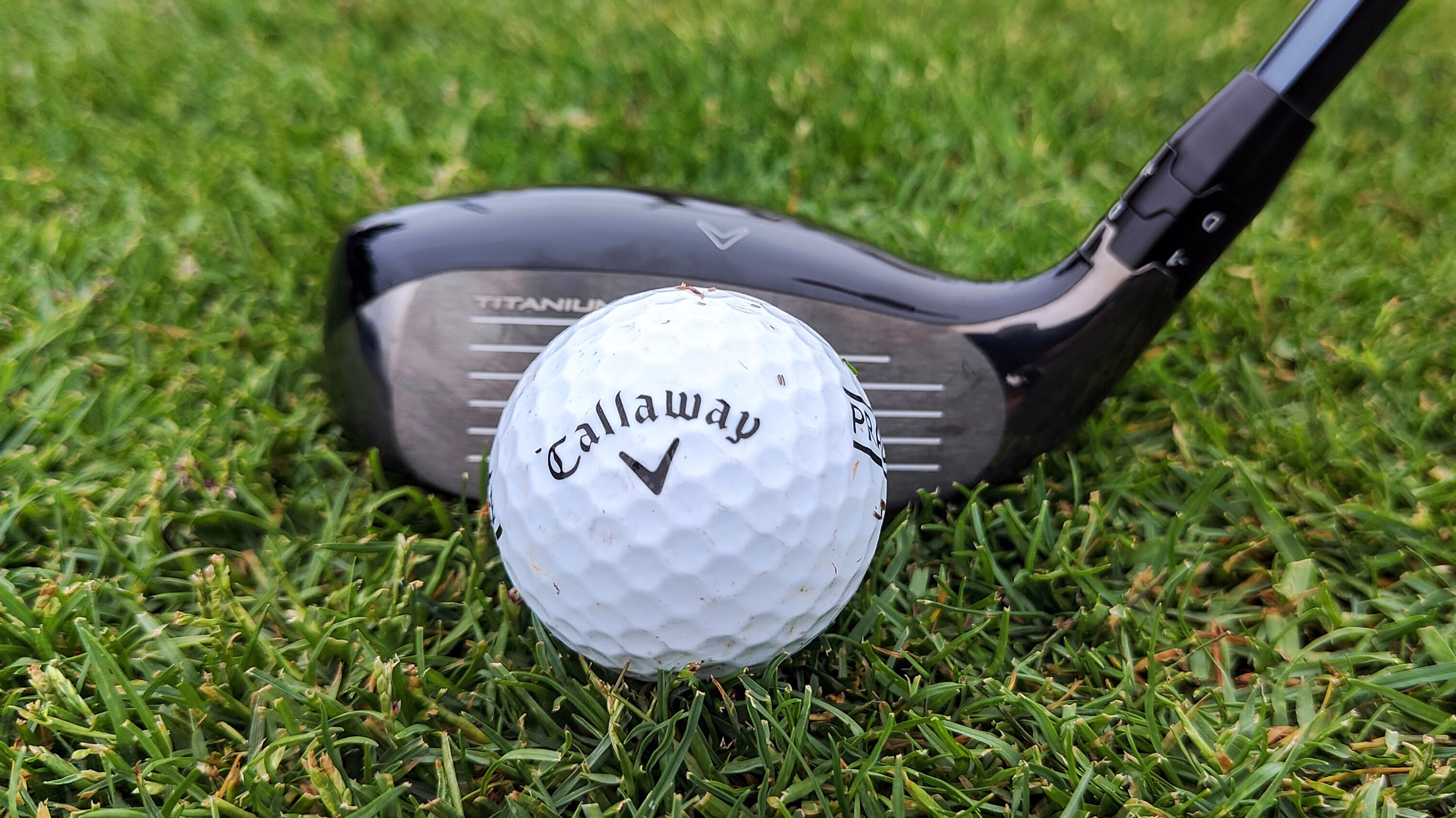
For many years, hybrids (or rescues as they have also been known), were only really available in one shape. Now, however, with their rise in popularity, manufacturers have started producing not only very compact profiles aimed at more elite players but also larger, more confidence-inducing shapes for mid-to-high handicap players who prefer the reassurance of additional size. In some instances, hybrids can now come with adjustable weight settings to fine-tune flight and launch characteristics. Check out our best golf hybrid guide to see which might suit your game.
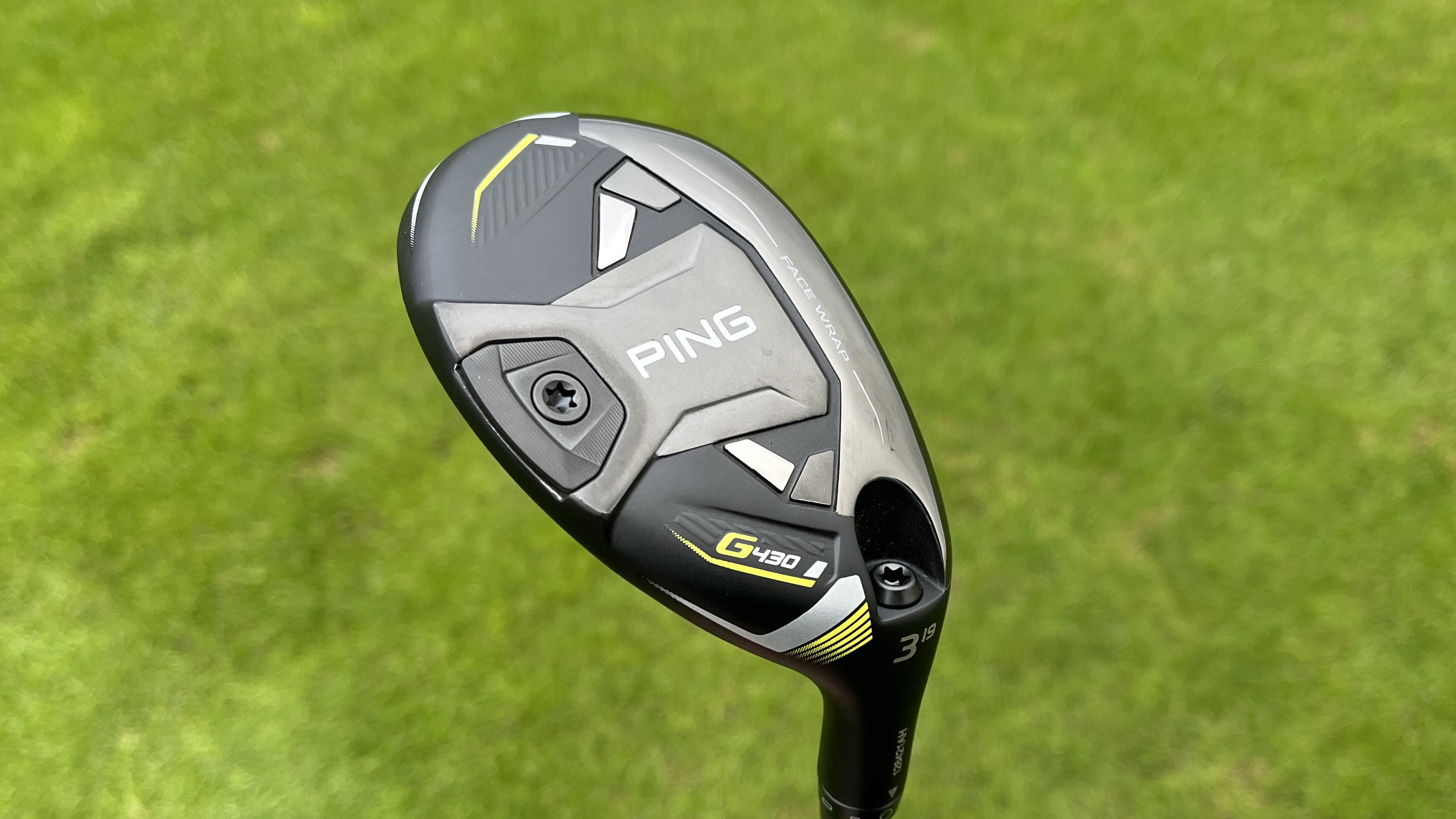
Sole Design
Long irons will generally have narrower soles than a hybrid and as such demand a little more precision at impact. The wider footprint of most hybrids will provide that little extra insurance for a shot struck heavy.
The larger footprint and sole design of the hybrid also tend to make it easier to extricate a ball nestled down in the rough, with the extra width and sole geometry allowing the club to slide through the grass a little easier than a long iron which can have a tendency to snag.
Shaft
Another factor to consider is shaft length. Hybrids will tend to be fitted with a longer shaft than an iron with the same loft. For example, the 21-degree Titleist T100 3 iron comes as standard at 39” long, whereas the TSR2 and TSR3 hybrids of the same loft come a full inch longer at 40”.
This extra length will produce more clubhead speed and as such, a higher peak height. Because of this extra speed and height, you are likely to carry a 21° hybrid notably further than a 21° 3-iron, so it would be advisable to try these options prior to purchase to make sure you are covering the distance gaps you need. Some players may prefer the feeling of control that the shorter shaft of the long iron will promote.
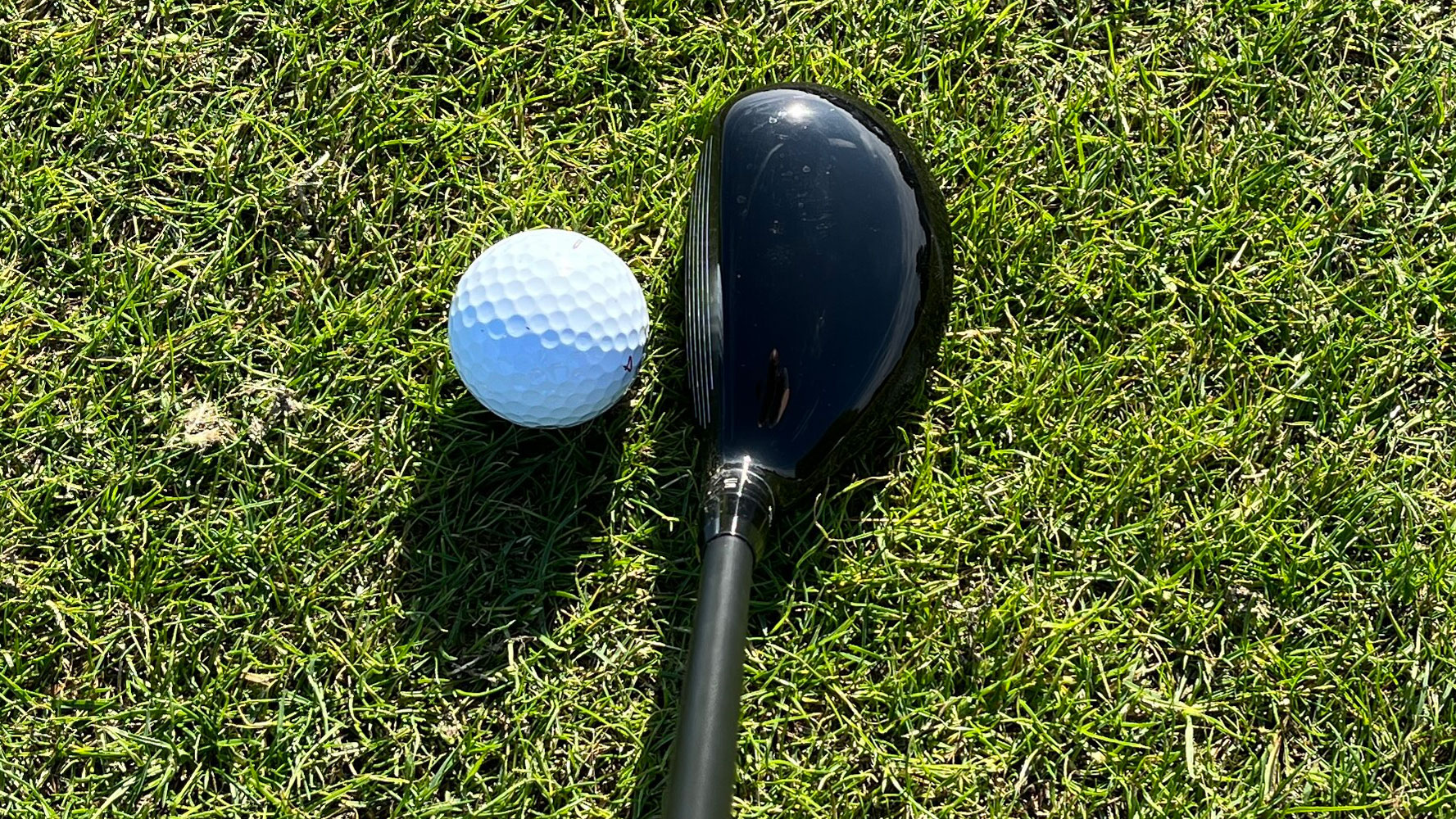
Long iron or hybrid? The Verdict
There are a number of factors that you should consider when making your choice. What type of ball flight are you looking for? How much clubhead speed do you generate? What course conditions do you primarily play on?
Once you have answered these questions for yourself, hopefully, this article will help you get to the right conclusion.
Choose a long iron if…
- You prefer a compact head profile
- You are looking for a lower more penetrating flight
- You play a lot of golf in high-winds
- You have a mid-to-high swing speed
Choose a hybrid if…
- You value playability over aesthetic
- You want to launch the ball higher
- The course you play at has a lot of forced carries over hazards
- You are looking for a club to provide distance out of tough lies







